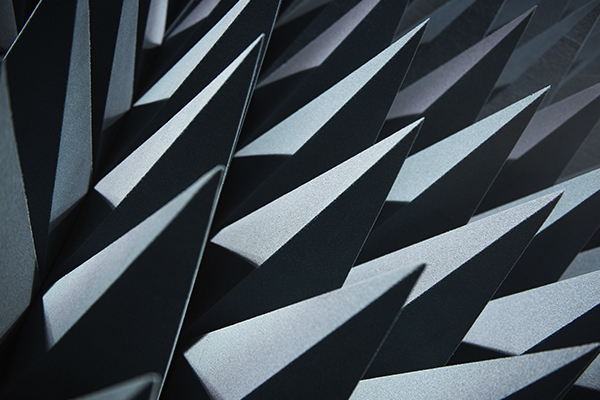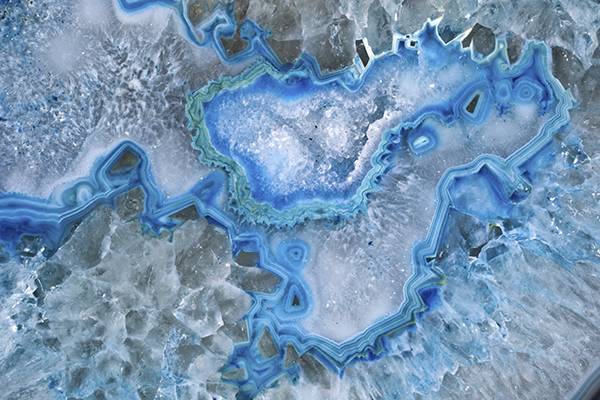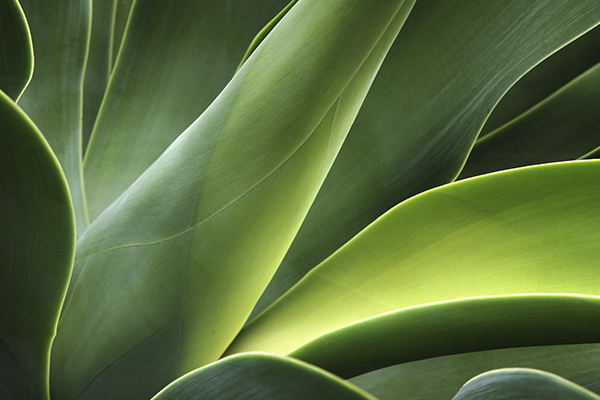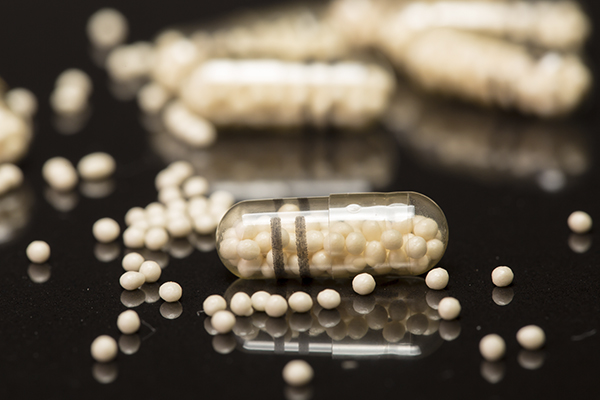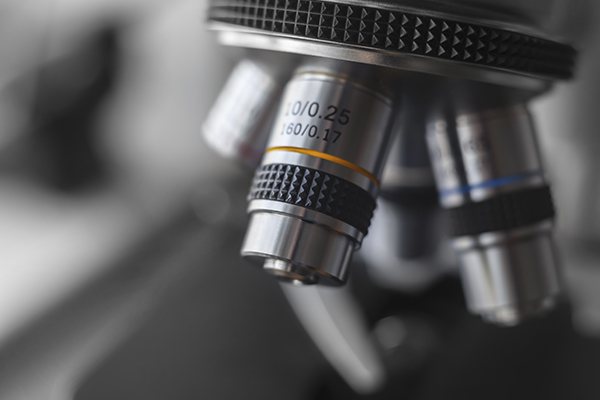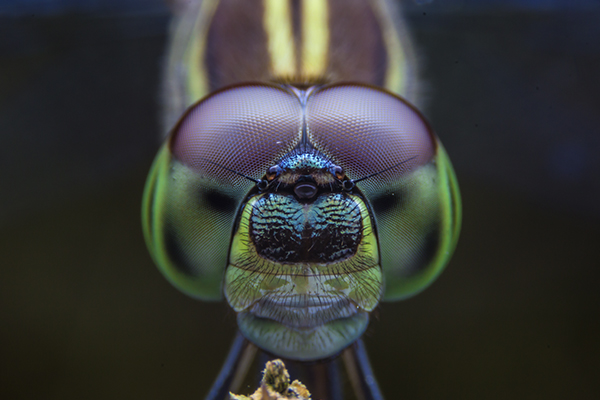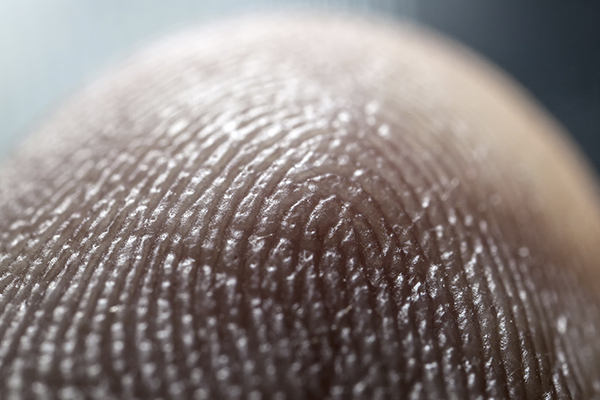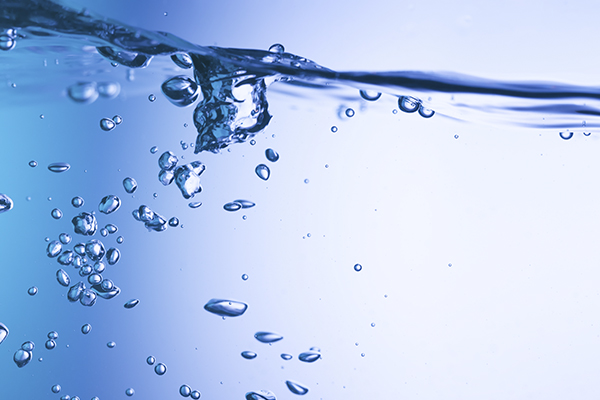Research
Guidelines for photographs that illustrate research subjects
Genre: abstract photography that relies on form, colour, light and detail can really stand out when done well. Macro photography, where a tiny part of an object is captured, is also a useful genre to represent a research subject.
Environment: abstract images can be based just about anywhere, so think beyond a room, lab or photographic studio when choosing images.
People: this genre does not feature people in the image.
Additional information for a photoshoot
Lighting: create interest by using flash and coloured gels.
Treatment: lens flare, coloured gels, soft blurring and light motion trails are all acceptable. Another treatment is differential focus where all the objects in the foreground are displayed clearly and simultaneously all the objects in the background are less visible or blurred. This can add an extra dimension to your image.
Positioning & framing: look to capture something in a way that it would not usually be seen. Looking for the details, the patterns, the lines, the form, shape and colors that complete a subject and utilising those key features to make an engaging image. Dramatic angles and tight crops bring a further dimension to the image.
Always try to take landscape (wide) images rather than portrait-shaped as this will ensure your image will be suitable across multiple platforms including double page spreads in a brochure, PowerPoint slide or on the University website.
Further guidance: how to run a photoshoot.




